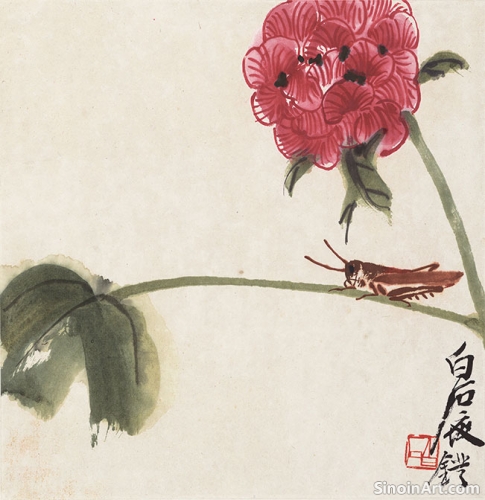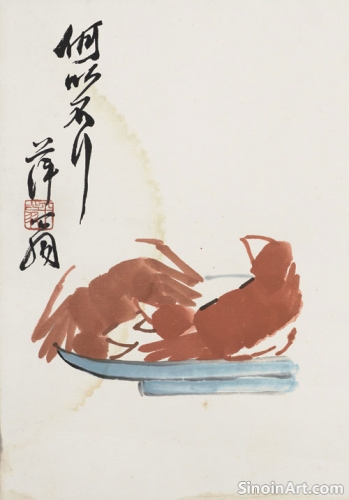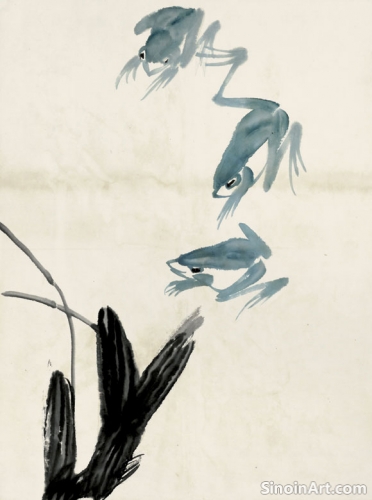The Use of Color in Xieyi Painting
|
While often associated with the monochrome world of black ink, color does play a role in Xieyi painting, though typically in a more subtle and suggestive way than in other painting traditions. The use of color is often deliberate and designed to enhance the overall mood, meaning, and aesthetic effect of the artwork. It is carefully employed for specific effects.  Color in Xieyi is often applied in light washes, allowing the white of the paper to show through, creating a luminous and ethereal effect. The artist does not strive for realism, using color as a way to suggest form, texture, and atmosphere rather than literally representing these qualities. This approach allows for subtle nuances.  The use of color is often symbolic, with different colors carrying specific cultural connotations. Red, for example, may represent happiness and good fortune, while blue may be associated with melancholy or tranquility. The colors are not simply applied for their beauty, they also hold symbolic meanings.  Color is often used sparingly, acting as an accent to enhance specific areas of the painting, drawing the viewer’s eye and adding visual interest. The balance between color and monochrome creates a striking contrast, and can elevate the overall composition. This limited use of color often enhances its impact. The intentional use of color adds depth and complexity to Xieyi paintings, allowing artists to express a range of emotions and to convey subtle nuances of meaning. The selective use of color is an essential part of the language of Xieyi painting and can greatly influence the overall mood and impact of the work. |
Tag : Color in Xieyi, Chinese color art, ink wash color, subtle colors, Chinese art hues
Related information
- The Spiritual and Philosophical Dimensions of Xieyi
- Xieyi Painting and the Expression of Emotion
- The Use of "Side Brush" in Xieyi
- Xieyi Painting and the Depiction of Water
- Xieyi Painting and the Depiction of Birds
Xieyi painting is deeply rooted in Chinese philosophy, particularly Daoism and Chan Buddhism, emphasizing the importance of spontaneity, mindfulness, the pursuit of qi or vital energy, and the spiritual significance of emptiness in art.
Xieyi painting is a powerful medium for expressing a wide range of emotions through brushstrokes, ink washes, subject matter, and the artist's state of mind, connecting with viewers on a deeply human and emotional level.
The "Side Brush" (cèfēng) technique in Xieyi involves holding the brush at an angle to create strokes with distinct texture and varying width, allowing for greater expressiveness, dynamism, and effective depiction of textured surfaces and movement, a crucial skill for any Xieyi painter.
Water is a versatile subject in Xieyi, depicted through washes and expressive brushstrokes to convey fluidity, transparency, movement, and its symbolic connection to life, change, and nature, adding atmosphere and depth to landscape paintings, with varied forms representing a spectrum of feeling and power.
Birds are frequently depicted in Xieyi painting through fluid brushstrokes that capture their form, movement, and energy, with symbolic meanings adding depth and emphasizing freedom, spontaneity, and the beauty of nature, while also showing the artist's technical skill and observation of the world.